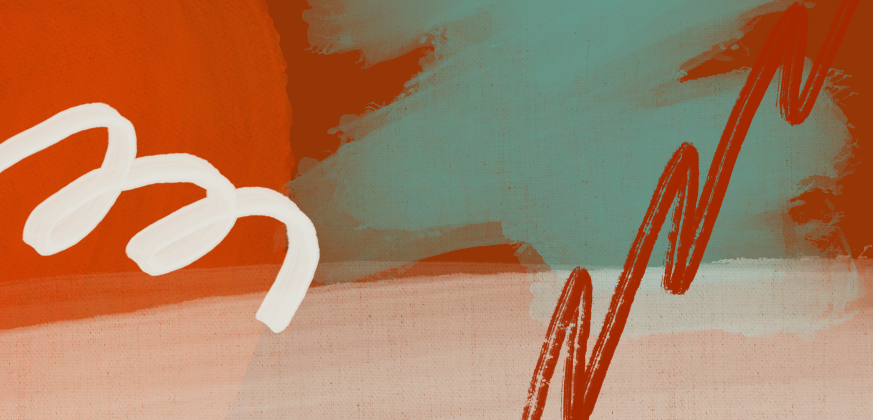Over the last few weeks, I’ve been challenging two ideas that I hear often in the nonprofit space: there are too many nonprofits and they need to consolidate. As you now know, I disagree.
A friend who works in literacy replied to one email with the question: If consolidation isn’t the answer, what is?
We know that reading is important. If students don’t read at grade level by third grade, they are four times as likely not to complete high school. Adults who don’t complete high school face a poverty rate of about 1-in-4 and can expect lifetime earnings shortfalls of hundreds of thousands of dollars.
Many organizations are working on literacy, but the need seems greater than the resources available. The organizations are fragmented and uncoordinated. Do we need a hub? Or better coordination? I don’t think we need either.
We need products.
A product mentality
Andrew Means, from Stand Together, posted this on LinkedIn and it really resonated with me.

The Loop team identified a massive problem and created a product to solve it.
They could have asked all the local agencies to fill out a form every time they receive a referral. They could have built data tracking requirements or tied grant dollars to participation in the data sharing network. Instead, they solved the problem by going directly to the person in need to find out if their needs are being met.
Square serves coffee
Last week, I talked about the rise of the independent coffee shop. I like comparing independent coffee shops to nonprofits because they have so much in common: they enrich our communities and leaders of coffee shops rarely make money.
One of the great enablers of independent coffee shops was not a hub or a co-op; it was a point-of-sales system called Square.
Square identified a near universal pain point–collecting money–and built a solution to solve it.
In practice, this lowered the bar for starting a coffee shop. Square made it easier to collect money, manage inventory and capture sales tax, which allowed coffee shop owners to focus on other critical work.
In a gold rush, sell shovels
The most valuable company in the world right now isn't an AI company, but a manufacturing one. Nvidia manufactures chips that will power the AI revolution.
While we certainly don't have a "gold rush" of people rushing to support literacy, everything is relative. Compared to my friends trying to save the endangered loyo mushroom, the focus on literacy is a tsunami of attention.
So, what does a product mindset look like in literacy?
Who could possibly know better than the saint, the legend, the only...
Dolly Parton.
You know what kids will need before they can learn to read?
Books. Lots of them. Preferably great ones.
When our oldest child was born, we had the privilege of receiving a book from Imagination Library every month until he started kindergarten. At seven, he has a library with at least 60 books that "Dolly Parton gave him."
You know what he asks to spend his allowance on?
Dragon Masters audiobooks. (I don't recommend them.)
He loves to read. He values books.
Dolly Parton has given away 301,076,331 books to kids. To achieve this astounding scale, she needed software and infrastructure and a product mindset. (Also...some money.)
The golden rule of product
The product mindset is a different way of approaching philanthropy. I'm still working on how to describe it, but if I had to boil it down to one rule, it would be this:
Build something people want.
Find a problem (many kids lack books) and solve that problem (give them books).
Notice the rule is not...
Build something that sounds cool.
The work of building products is knowing the difference.
Until next week,
Ted
PS Do you know that I build products? Reply to this email if you want help building yours.




